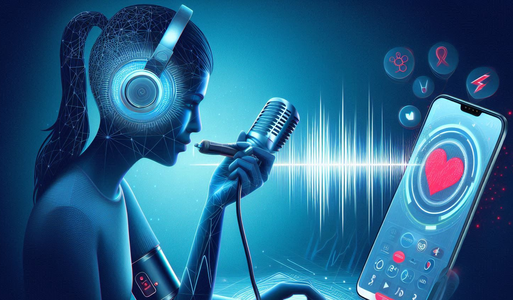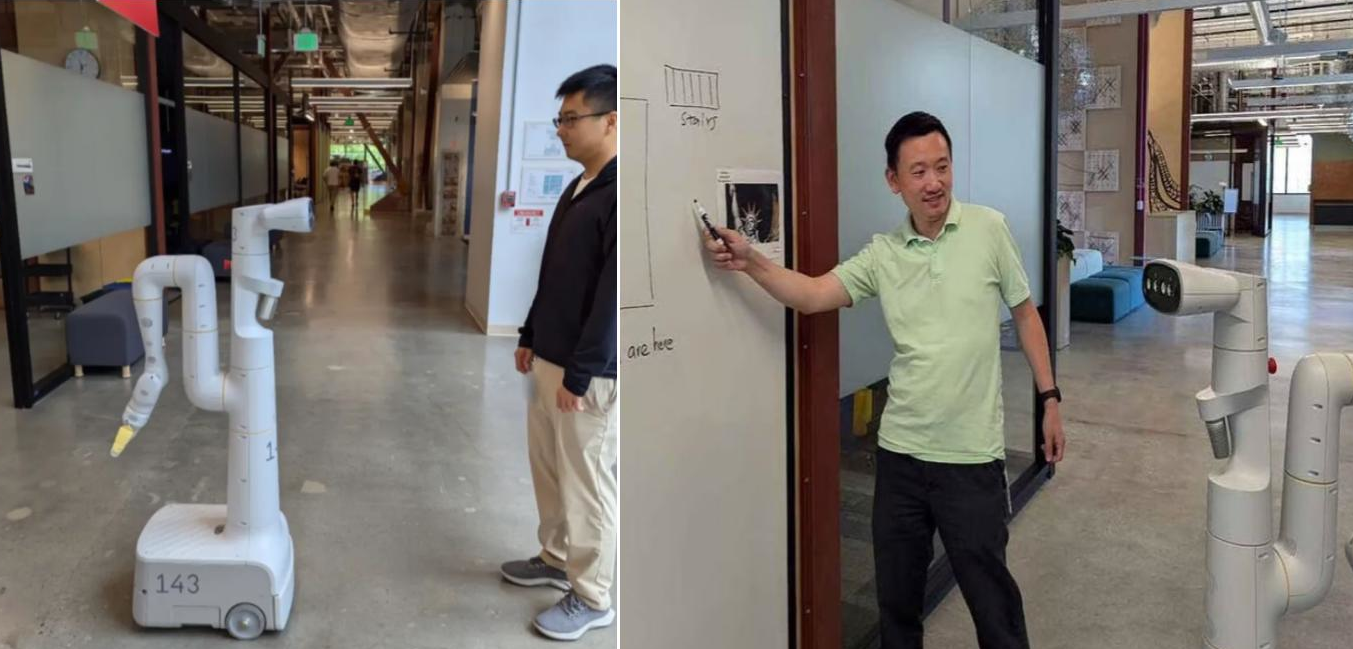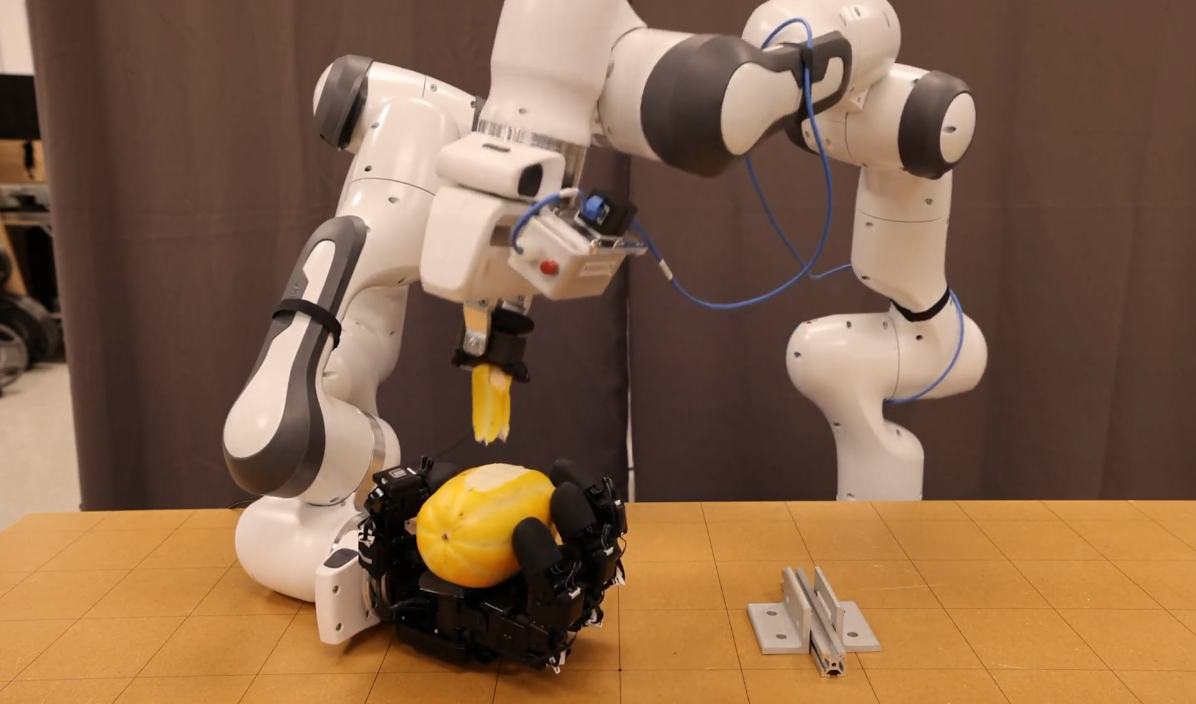The human voice carries valuable information about our overall health, particularly evident in conditions like colds and respiratory infections. Research has also explored the link between heart failure and vocal changes, as the condition can increase pulmonary edema, affecting the vocal cords. While a direct connection between hypertension and vocal cords remains less clear, some studies suggest a correlation. Notably, artificial intelligence has been used to predict hypertension based solely on audio recordings.
Researchers at Klick Labs have developed an AI model capable of predicting hypertension using only a person’s voice. This means that individuals can simply speak into a smartphone, and the model can determine if they have high blood pressure, eliminating the need for invasive procedures or external blood pressure monitors.
How did the researchers develop this technology?
In their study, the Klick Labs involved 245 participants (92 female) who were asked to record their voices six times daily for two weeks. Each recording involved saying the same phrase: “Hello, how are you? What is my glucose level now?” These audio samples were linked to the participants’ hypertension status based on their average blood pressure measurements before the first recording and after the last.
Researchers selected various acoustic features from these samples, including pitch variation, vocal changes, and speech energy. Several predictive models were then trained to correlate the voice with the individual’s hypertension status. After training these models on the recorded data, they found that the model could predict hypertension with an accuracy of 84% in women and 77% in men.
Hypertension, often referred to as the “silent killer” by the World Health Organization, affects over 35% of the global population. Early detection and behavioral interventions, such as dietary changes and physical activity, have been shown to reduce its progression and consequences. Therefore, the availability of an easy-to-use tool accessible to everyone through a smartphone recording represents a significant step towards early detection, especially in areas with limited medical services where such tests are difficult to conduct.









